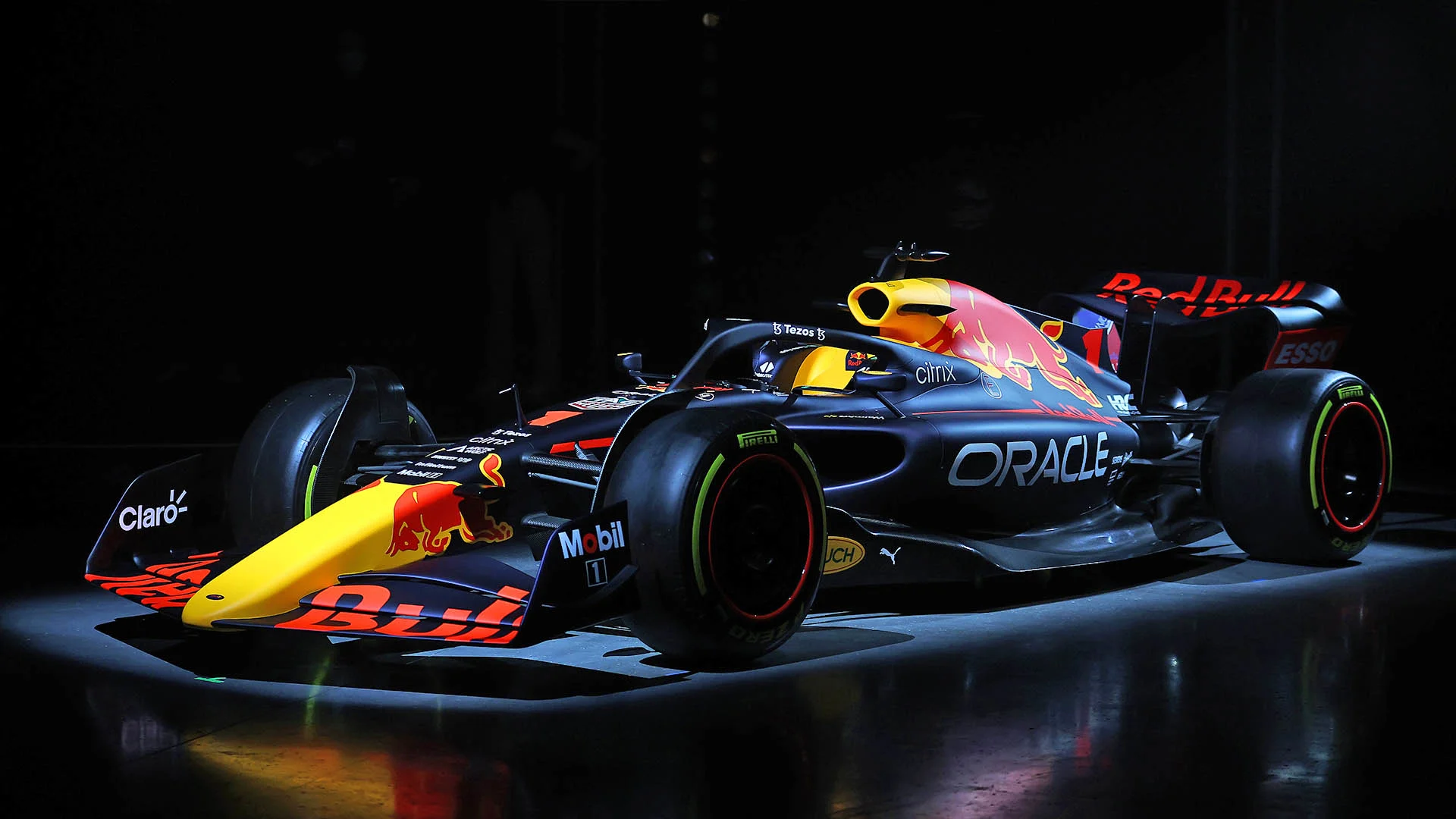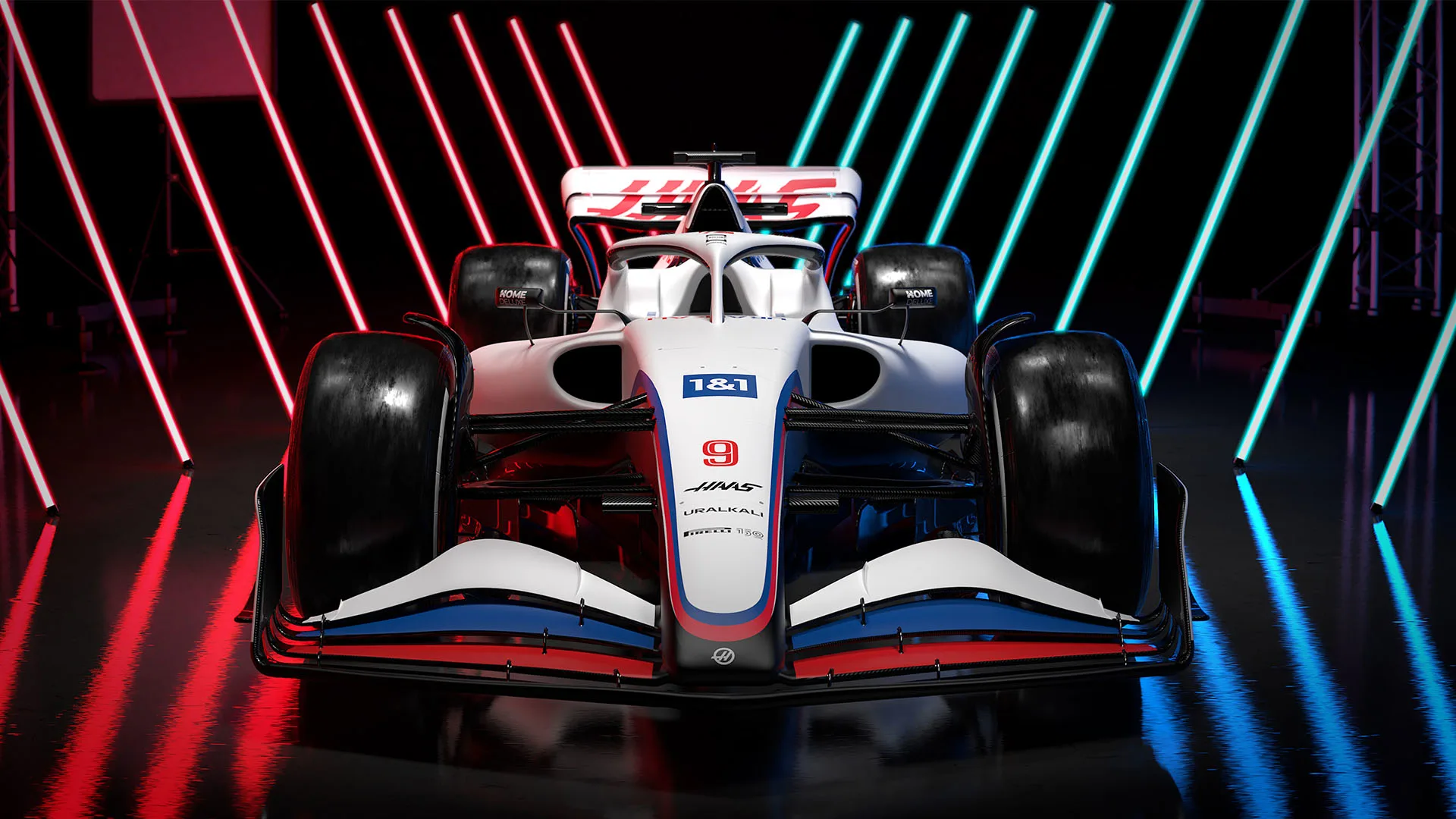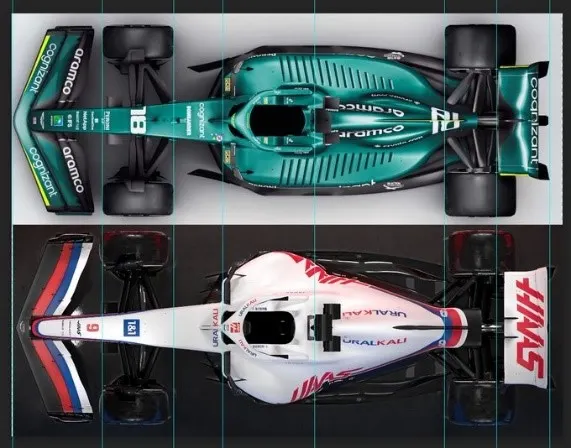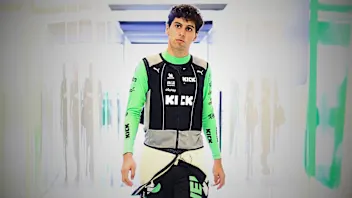Massive variation and ingenious solutions – What we learned from the first week of 2022 launches


After the rapid-fire launches of three cars, we have the first indication of how teams have responded to the all-new aero regulations – and in a word it is ‘differently’.
Putting aside the fake Red Bull, the designs of the Haas VF-22, Aston Martin AMR22 and McLaren MCL36 are widely different – far more so than was the case between cars at the end of the previous set of regulations last year.
The most obvious visual differences are in how each of the teams have re-arranged their cooling packages and this has had a profound effect on the shape of their bodywork, particularly with regards to the sidepods and engine covers.
MUST-SEE: A new era begins as Aston Martin’s 2022-spec car hits the track at Silverstone

What is clear between the three of them is that there is now less scope to have the dramatic undercut and downward-sloping sidepods, which had become the norm in the last two or three seasons.
There are three main reasons for this:
-
The new floor venturi tunnels which account for around 50% of the car’s total downforce take up space at the front of the sidepods, which was previous reserved for cooling apparatus.
-
The wheelbases of the cars are now regulated and must be between 3460-3600mm. The upper limit is shorter than even the shortest 2021 car. So there is less length in which to fit the radiators and their cooling channels.
-
There is probably less performance authority in the airflow around the sidepods than was the case under the previous regulations.
ANALYSIS: The key feature on the MCL36 that McLaren are hoping will give them an edge on rivals
There are two main routes for accelerating the airflow around the sidepod so that it arrives over the diffuser at as high a speed as possible (so as to better scavenge the under-body airflow).
The first is to undercut the sidepod, scalloping out a reverse S shape when looked at straight-on. This induces an air pressure change which accelerates the flow. The second is to ramp the sidepod sharply down in profile. Most sidepods of the last few years had both features.
We can see on the Haas a mild undercut and mild downward ramp, but nowhere near as extreme as was typical of previous generation cars.
READ MORE: How Haas plan to return to the F1 midfield in 2022

We can see on the Aston Martin a radical solution to retain both an extreme undercut and a significant downward ramp – the lifting of the whole cooling system, including radiators.
But it has entailed keeping the whole of the upper bodywork very wide down the length of the car between cockpit and rear wing, with none of the traditional teardrop shape in plan view.
ANALYSIS: The intriguing design features on Aston Martin’s new AMR22

McLaren have done something yet different again, appearing to locate some radiator area in the engine cover in the space behind the roll hoop, much as Alpine did last year.
This has allowed the team to retain a generously accentuated ‘coke bottle’ profile in the lower bodywork, but there is hardly any undercut in the sidepods.
There are clear differences in philosophy on front wing and suspension layouts too, which we can cover more comprehensively as we see the next batch of new cars next week.

Next Up
Related Articles
 Every twist and turn from a dramatic 2025 title battle
Every twist and turn from a dramatic 2025 title battle.webp) End Of Year Reports 2025Aston Martin’s best and worst moments from 2025
End Of Year Reports 2025Aston Martin’s best and worst moments from 2025.webp) 7 things to be excited for in the 2026 F1 season
7 things to be excited for in the 2026 F1 season ExclusiveBortoleto on his rookie year and Audi excitement
ExclusiveBortoleto on his rookie year and Audi excitement.webp) End Of Year Reports 2025Mercedes’ best and worst moments from 2025
End Of Year Reports 2025Mercedes’ best and worst moments from 2025 BarrettoLawrence Barretto’s 5 bold predictions for 2026
BarrettoLawrence Barretto’s 5 bold predictions for 2026